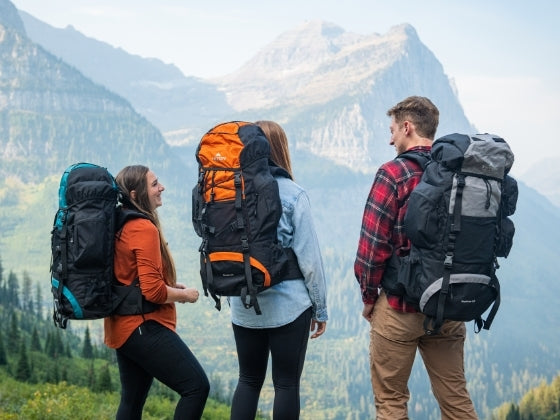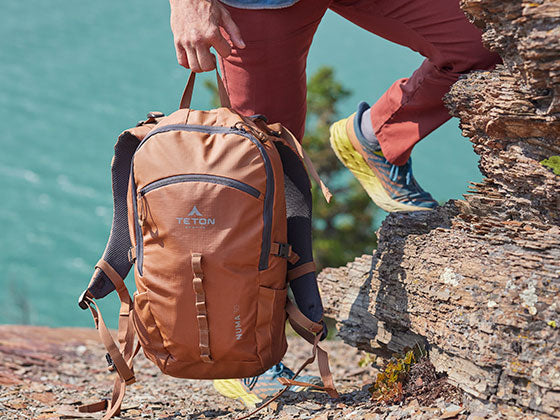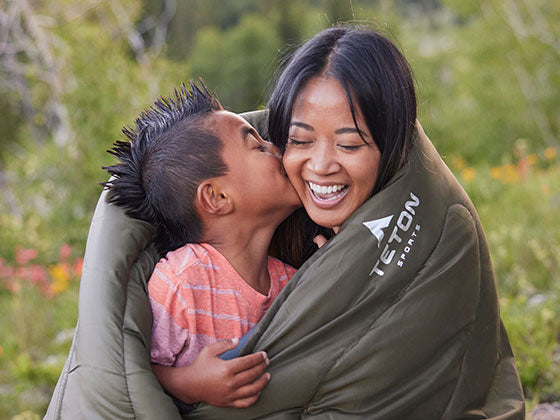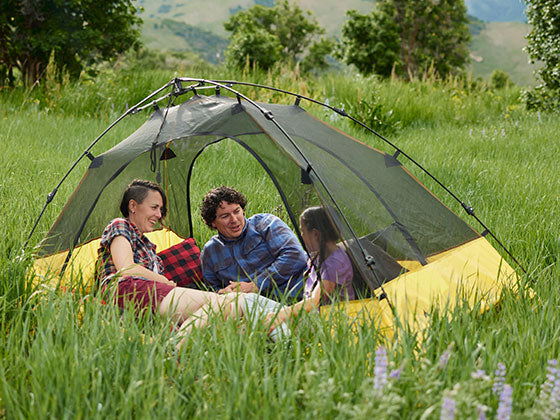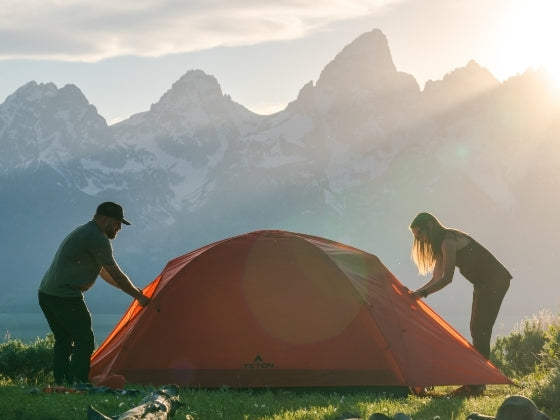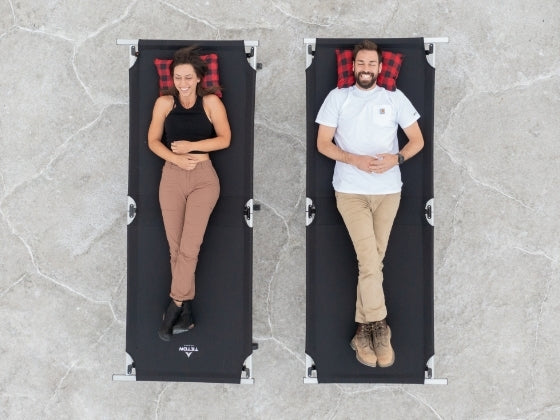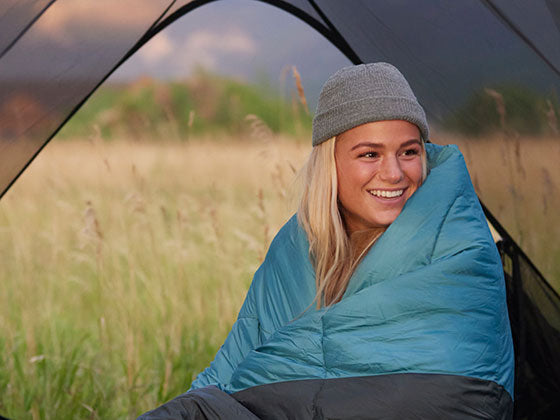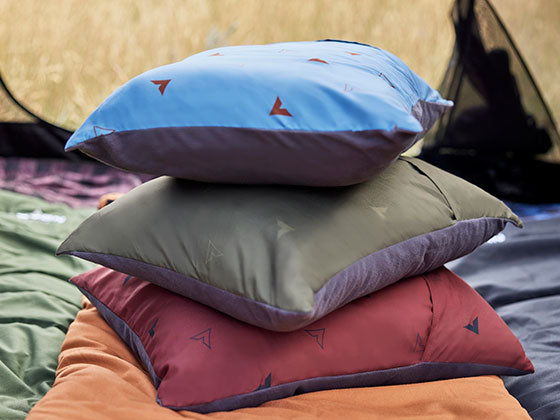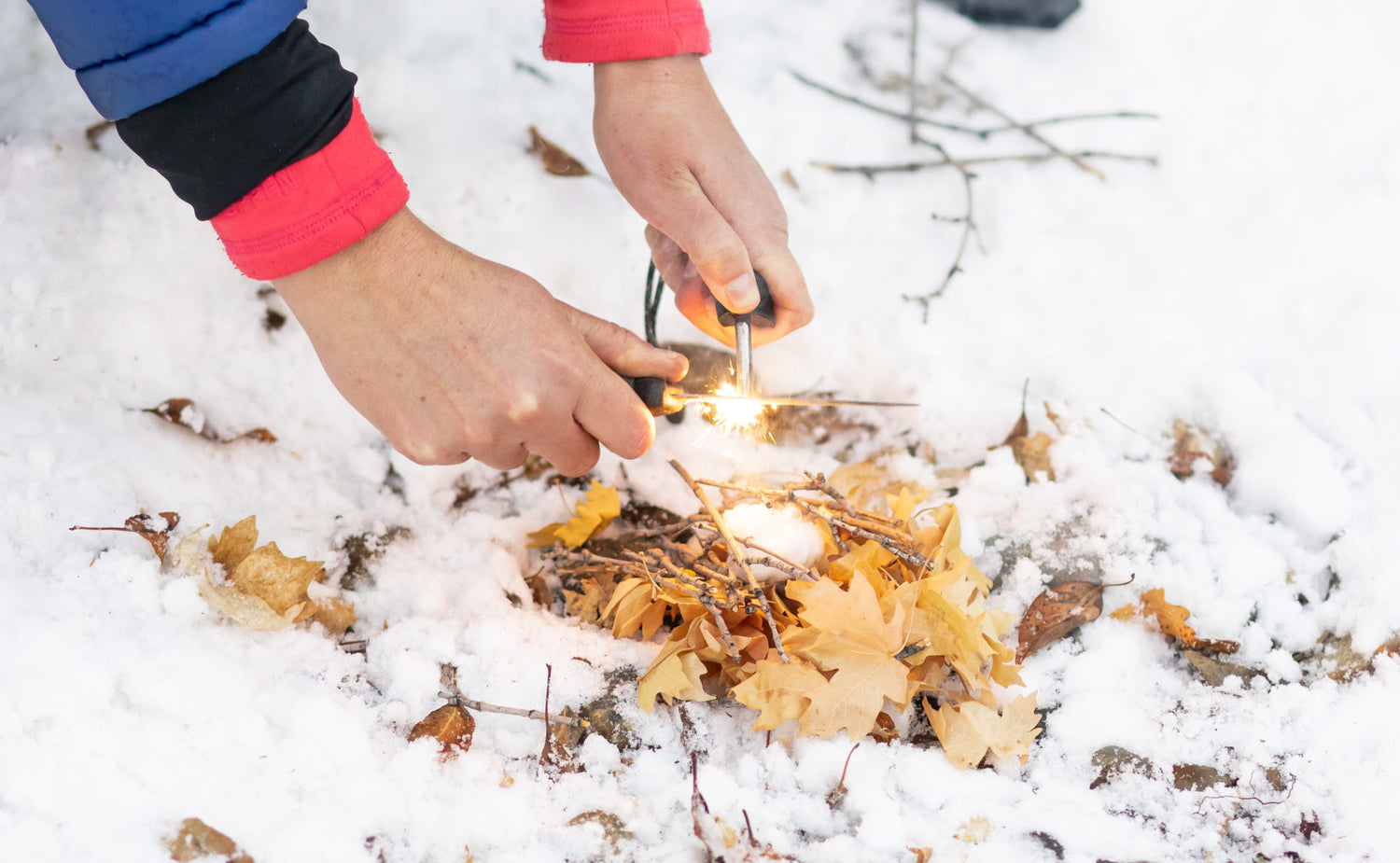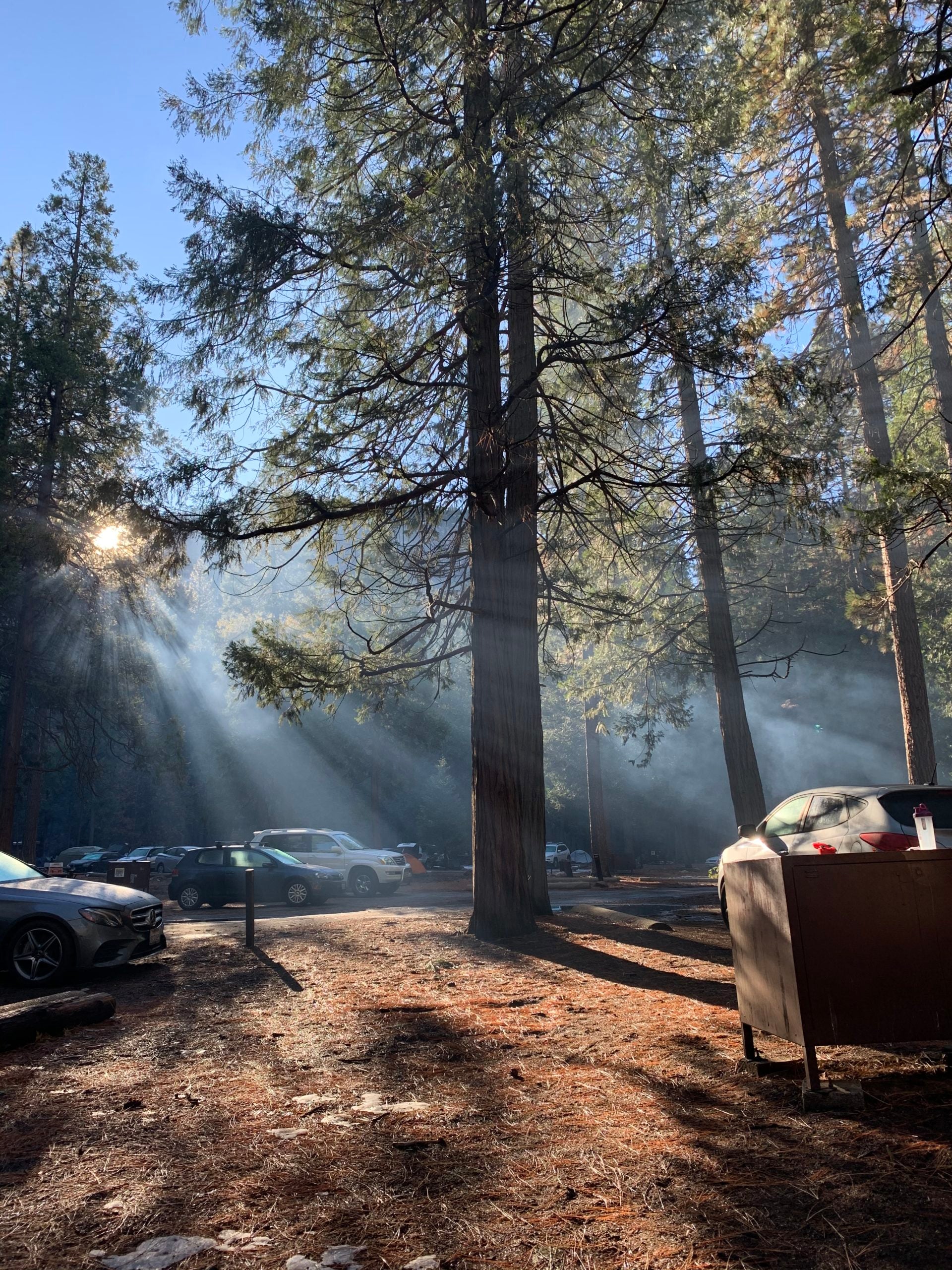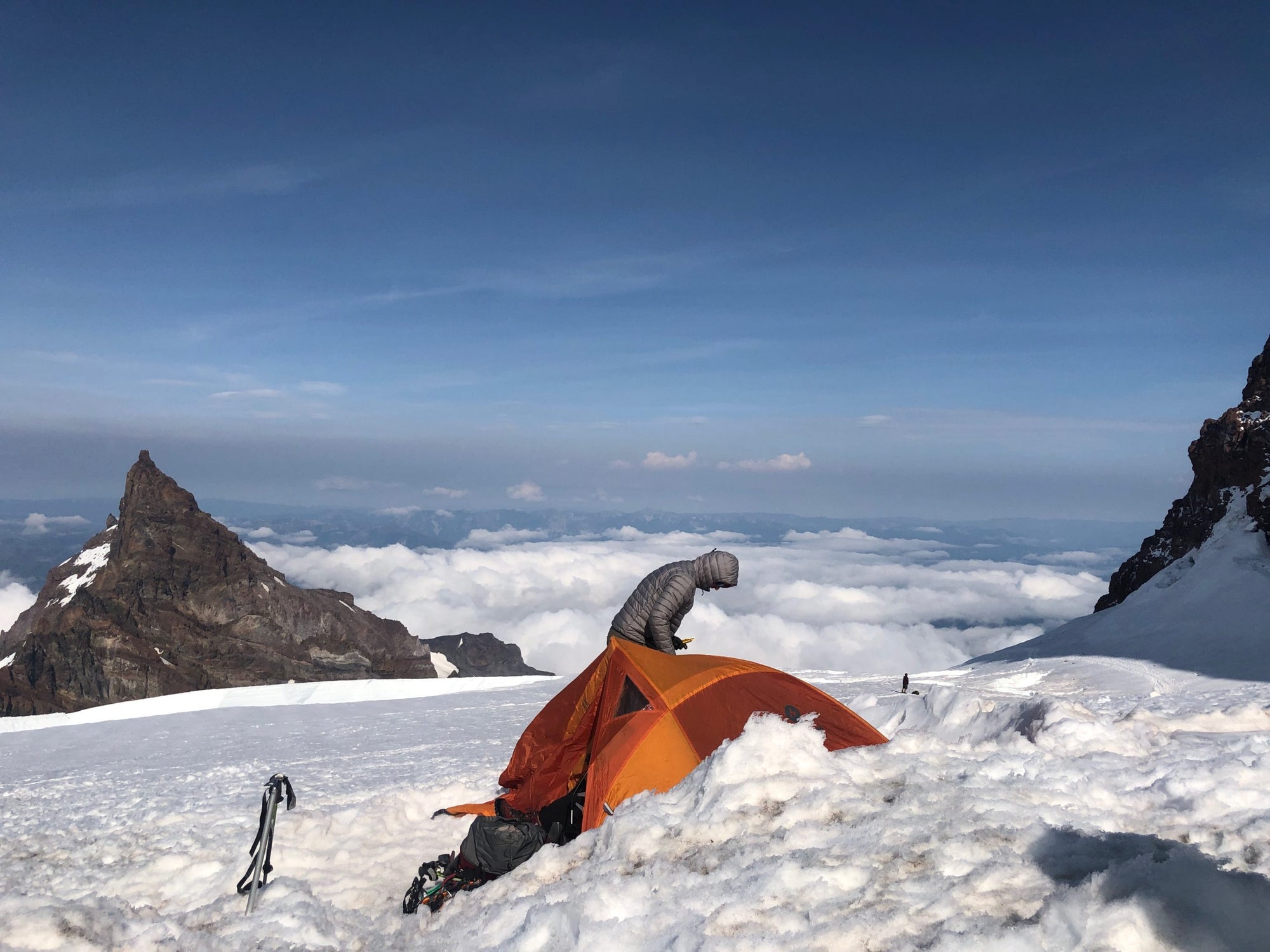By: Desiree Hester
There is nothing quite as comforting after a day spent adventuring in the snow than settling down around the glow of a warm fire. Learning how to build a fire-even in snow- is not only a great way to prolong your fun outside but is an important wilderness survival skill. If you’ve yet to try fire building in winter conditions these tips will help get you started on the right foot.
Essential Tools
An axe or small hatchet will be used for chopping logs into manageable pieces. Matches, lighter or ferro rod should be carried for igniting the fire. A reliable fire starter is also a useful tool and can make fire starting significantly easier. Fire starters can be purchased at a local outdoor supply store or can be made at home. Household items such as dryer lint, hand sanitizer and cotton balls rolled in petroleum jelly are lightweight fire starters that can be stored in waterproof containers. If you are trying out a new fire starter, test it out at home before counting on its success in the wild.
Foraging for Materials
The materials you will need to gather for the fire include tinder, kindling and wood. When looking for tinder, search under the canopy of large coniferous trees and you will often find dry pine needles. In deciduous woods look for birch bark flaking off of trees, dead leaves that are still clinging to branches or even dry moss. Whichever material you choose, make sure that it is not dense. The lighter and smaller the tinder the quicker it will ignite.
For kindling and your larger pieces of wood look for fallen branches and dead trees or shrubs. Scan your environment and look for horizontal lines. You will notice branches that have fallen from higher up that are now lodged amidst the trees and shrubs. If the dead wood is off the ground it will likely be more dry. Use the small twigs and young branches for kindling and the larger pieces for firewood. Gather a generous supply- more materials than you think you will need. If possible, complete all your gathering before beginning your fire. You will need to stay close to the fire to nurse it along as it builds.
Clearing a Spot
Use a stick to clear away the snow or stamp down the snow with your feet until it is compacted. If you are unable to reach the ground you can layer rocks or dry logs as a platform for the fire. The key with clearing a spot is to avoid building a fire on top of loose snow. If placed on loose snow, the flame of the fire will eventually melt the snow surrounding the fire, causing the fire to sink into the snow. As the fire sinks it will not only struggle to receive the oxygen essential to keep the fire going but will also reduce the amount of heat being transferred to you. Once you have cleared a spot, place all your kindling and tinder near your fire where it is easy to grab. Keeping the wood close to the fire will also aid in drying out any damp wood.
Building the Fire
When assembling your fire, start small by laying a mound of dry tinder then layering small kindling, such as thin twigs, atop the tinder. If using a fire starter nestle it between the tinder mound and the kindling and light the flame directly above the fire starter. Getting a fire going in snow will likely require additional time and patience than you are normally accustomed to so be prepared to spend time slowly building up the fire.
Continue to add small pieces of kindling to the fire, not so many at once that you snuff out the flame but enough that the fire has fuel to grow. As you continue to add to the fire you will see a bed of hot coals forming at the base. Gradually increase the size of wood you add to the fire, working your way up to larger branches and finally logs. Continue to keep a watchful eye on the fire, adding wood as needed. Once the fire is going strong, celebrate your accomplishment by enjoying its much-anticipated warmth!
About the Author:
Desiree Hester
Desiree is a photographer, blogger, world traveler and creator of The Wayfarer Journeys travel website. Through her words and photos she aims to inspire others to dedicate more time to being in nature and to add outdoor adventure into every trip that is taken. Desiree believes that anyone can benefit from travel and time spent in the great outdoors- no matter their skill level. Whether in her beautiful home state of Utah or while traveling abroad, she can be found hiking, back packing, camping, snow shoeing, cooking a mean dutch oven meal or out on the lake with her wonderful husband and fearless adventure pup, Waldo. You can follow Desiree on Instagram at @thewayfarerjourneys

